MSX
Top 10 Best MSX Games of All Time!
MSX is a standardized computer architecture that was first announced by Microsoft in 1983. MSX-based machines didn’t make much of an impact in America or the UK, but they were popular in other Asian, European, and South American countries. The hardware in the first-generation of MSX computers was comparable to the ColecoVision and SG-1000, and dozens of electronics companies (including Sony, Philips, and Toshiba) released their own versions of the machine. The most popular MSX games were developed by emerging Japanese companies like Konami and Hudson Soft, and a number of significant franchises were established on the platform. For the purpose of this list, we’ll only be looking at games that were released for the first-generation of MSX machines. There were enough significant games on the MSX2 for it to warrant a list of its own.
10
Golvellius
1987
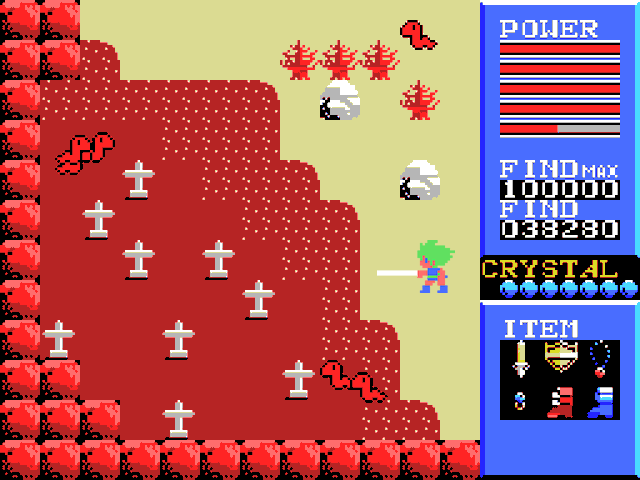
Golvellius is an adventure game from Compile that takes several cues from The Legend of Zelda. The game is played from an overhead view, features a huge world, and puts heavy emphasis on exploration. There are plenty of secrets to be found, and there’s a hidden cave in almost every screen on the overworld map. There are also plenty of items to find – including medical herbs to restore health, shields to deflect attacks, and boots that will allow you to walk on water. The dungeons are relatively linear and don’t require any puzzle solving skills, but they help break up the action and add some variety to the game. Some dungeons are played from overhead and feature forced scrolling, while others play out more like traditional side-scrollers. Golvellius was originally released on the MSX in 1987 before being ported to the Sega Master System the following year with enhanced graphics and entirely different overworld and dungeon layouts. An MSX2 version followed and was given a similar update, but the game was different enough from the original that it is often erroneously referred to as Golvellius 2. The original Golvellius looks primitive compared to its younger brothers, but the music sure is catchy and it’s one of the deepest adventure games of its era.
9
Guardic
1986
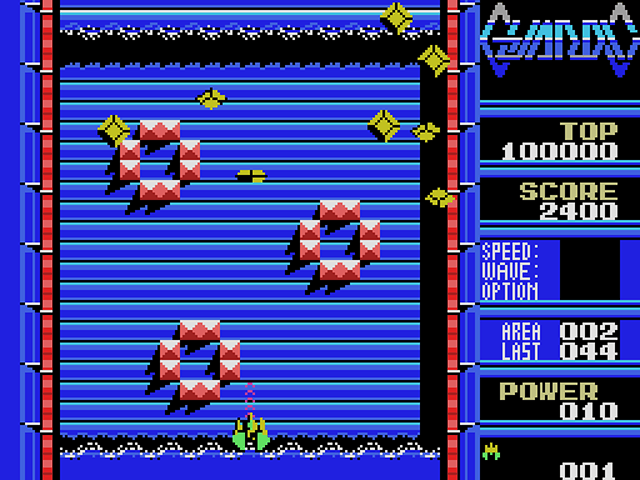
When it comes to horizontally-scrolling shooters, no company had a better handle on the genre than Compile. Games like Zanac and Aleste helped define the genre in the 1980s. Guardic is a little different than most Compile shooters, however. Instead of fighting enemies through lengthy scrolling levels, you are instead tasked with taking down single screens of enemies. The background scrolls as you move from one wave of enemies to the next, but it’s static during battle. The end result is a game that feels like a new take on Galaxian or Galaga. There are vast numbers of enemies to defeat and their patterns can be difficult to predict, but Guardic gives players interesting ways to dispatch them. At the beginning of each battle, players are able to draw from their power supply in order to improve their primary weapon, increase their speeds, or select a secondary weapon. It’s necessary to re-equip weapons before every battle, so some strategy is required when it comes to the allocation of your energy. Giving yourself maximum energy for your weapons will make taking down enemies easier, but you will be left with less energy for subsequent battles. A light RPG influence can also be seen in the game. Players navigate through a maze as they move from one battle to the next and are given control over which path they take. Players also encounter friendly characters in battle who can provide them with special abilities. Guardic wasn’t necessarily as ambitious as some of Compile’s other titles, but it was a unique take on a genre that was as old as video games themselves.
8
Zanac
1986
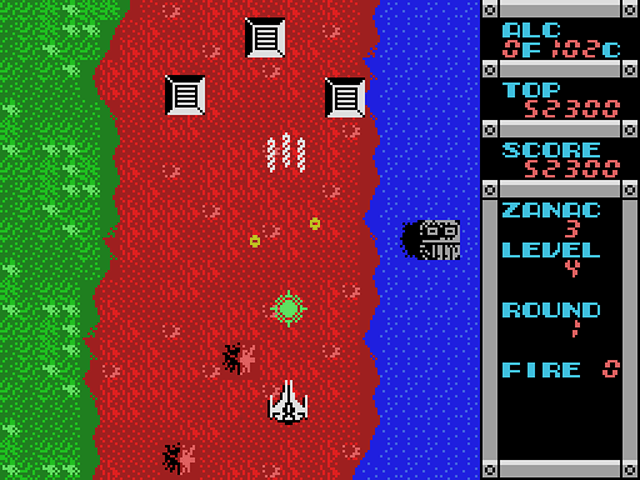
Compile developed some of the best shoot ’em ups of all time, and Zanac is the game that really put them on the map. It introduced many of the gameplay mechanics that would define the company and the genre as a whole. Zanac features a myriad of weapon upgrades and eight secondary power-ups that range from shields to multi-directional bullets. It’s a lot of fun experimenting with different weapon combinations, and the game literally changes depending on your play style. The ambitious “artificial intelligence” system will gauge the player’s skill level and adjust the difficulty accordingly. The computer will likely bombard you with tough enemies if you collect a ton power-ups and frequently use special weapons. On the flip side, inexperienced players will have fewer enemies to contend with. Even though the MSX version of Zanac pushed the envelope in many ways, superior ports would emerge on the MSX2 and NES. The enhanced versions have a larger play field and smoother scrolling, but that doesn’t make the original version any less impressive. It’s an incredibly fast-moving game that performs better than most of its MSX contemporaries. Zanac is indicative of what the MSX hardware was capable of, and it stands as one of the most important shooters of its era.
7
Gradius 2
1987
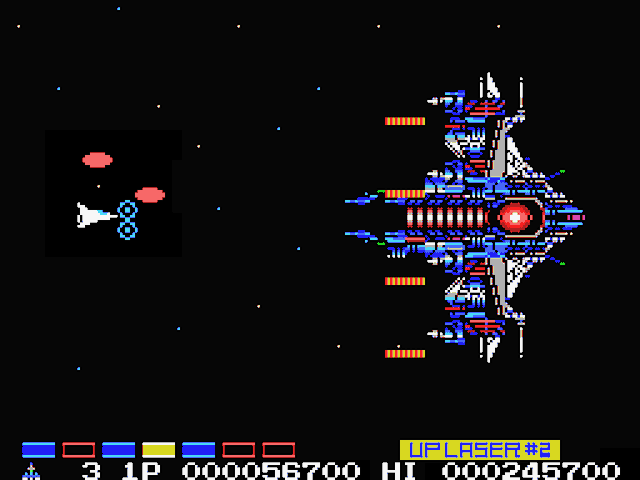
No game developer was more closely associated with the MSX than Konami. (At the risk of spoiling the rest of this list, it’s a safe bet that more of their games will be making appearances.) Gradius is a side-scrolling shooter best known for its innovative “weapon bar” power-up system that gave players control over how their ship was upgraded after collecting power-ups. The game was first released in arcades in 1985 and ported to dozens of platforms. Gradius II landed in arcades in 1988, but the unrelated MSX version of Gradius 2 hit store shelves the previous year. Gradius 2 follows the same basic formula established in the original game, but it includes a host of interesting new power-ups – including a cool boomerang-inspired wave. There are also additional power-ups to obtain outside of your standard weapons that allow players to do things like slow down time or drill through certain obstacles. Gradius 2 features more boss encounters than the first game and gives players the opportunity to fly into their cores after defeating them for a chance to earn new weapons in a mini-stage. The main stages themselves are well-designed and feature a variety of interesting locations ranging from plant-based worlds to LifeForce-inspired organic planets that make you feel like your flying through intestines. The scrolling in Gradius 2 is pretty choppy and somewhat distracting, but that’s par for the course on the MSX.
6
Dragon Slayer IV: Drasle Family
1987
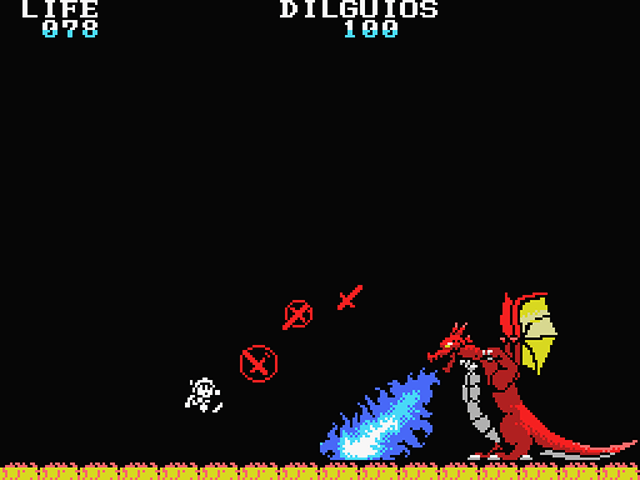
Drasle Family is the fourth entry in Nihon Falcom’s iconic Dragon Slayer series of action-RPGs. Like many games in the series, Drasle Family is a side-scrolling adventure game with a vast open world design not unlike what you’d expect to see in a Metroid game. Typical for the era, Drasle Family gives players very little direction. The vast dungeons are complex mazes with false walls and hidden doors at every turn. The process of navigating through these dungeons is complicated further by legions of monsters, dead ends, and deceptive poison bottles. The best part about Drasle Family is the family itself. Instead of just controlling a single character, players are given control over five family members who each have their own unique abilities. The father throws axes and can push heavy blocks out of the way, but he has poor jumping abilities. The mother is a sorceress who can use her magic to shoot blocks, but she is relatively weak. The son is mostly useless, but he’s the only one who can wield the Dragon Slayer sword that is needed to battle the final boss. The daughter has incredible jumping abilities and can utilize the most useful items in the game. The family pet has limited range and can’t use any items, but he is downright adorable and can sneak by enemy monsters undetected. Dragon Slayer games were usually released on numerous platforms, but the MSX and MSX2 were the only home computers that received ports of Drasle Family.
5
Knightmare
1986
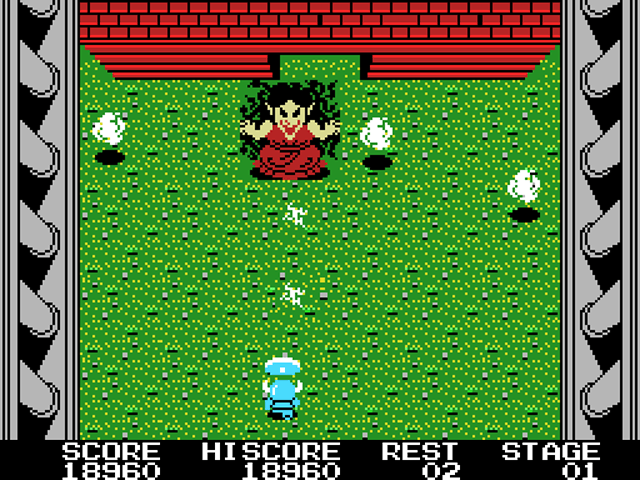
Knightmare is a horizontally-scrolling shooter with a medieval theme and ridiculously catchy music. The game stars a brave knight named Popolon who arms himself with swords, arrows, throwing knives, and boomerangs. Popolon can also obtain items to increase his speed or shield himself from enemy attacks. Fighting skeletons and bats somehow seems more personal than shooting down lifeless spaceships, and this feeling is even more pronounced when you’re face to face with the large bosses in each stage. The MSX hardware had its limitations, and the scrolling in Knightmare is every bit as slow and choppy as you would expect. The enemies are surprisingly relentless, however, and the game is notoriously difficult for the right reasons. Knightmare is technically the first game in a trilogy, but each game in the series is completely different from one another so Knightmare feels unique on the MSX… or at least it did until Square shamelessly lifted the idea and released King’s Knight seven months later. In any regard, Konami was one of the premier developers for the MSX, and Knightmare was one of their best titles. I’m a big fan of puns, so I liked Knightmare from the get-go.
4
The Maze of Galious
1987
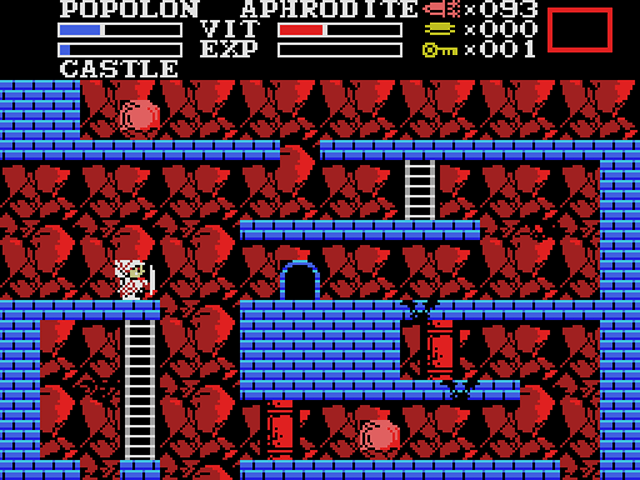
The Maze of Galious is the sequel to Knightmare, but it plays nothing like its predecessor. The first game was basically a forced-scrolling shooter while sequel is a side-scrolling adventure game with platforming elements. In some ways, the game feels like a natural bridge between The Goonies and The Goonies II. The game takes place in a number of massive castles that are filled with monsters, ladders, hidden treasures, and more ladders. The Maze of Galious was one of the earliest examples of a “Metroidvania” style game and gave players a huge world to explore instead of breaking up the action into linear stages. The game itself lets players control two knights, Popolon and Aphrodite, who were the respective protagonist and damsel in distress in Knightmare. The knights each have their own unique abilities. Popolon’s strength allows him to smash through boulders faster while Aphrodite can hold her breath longer and is ideal for underwater areas. Each knight also has their own power meter. Unfortunately, each character can only be revived on one occasion before they are gone for good. The ultimate goal in each castle is to topple the great demon that presides over it. In order to reach the demon in the first place, you must discover its name and type its name into the MSX’s keyboard in order to summon it. (There are also a number of secret “cheat” words that can be typed in to the keyboard at any time.) Another noteworthy aspect about the game was its creative use of the MSX’s second cartridge slot. If other Konami titles like The Game Master, Q*bert, or Knightmare are inserted, players are rewarded with bonuses. Some of the puzzles in The Maze of Galious are unnecessarily obtuse (Simon’s Quest has nothing on this game), but it was rife with innovation and ahead of its time in many ways.
3
Eggerland Mystery
1985
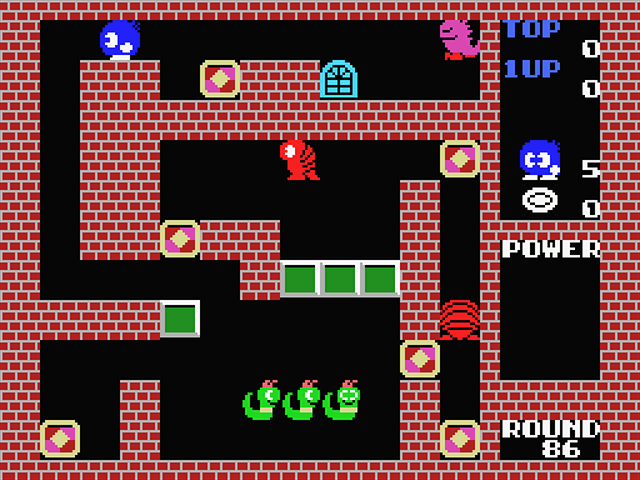
Two Eggerland games were released on the MSX, but many gamers were introduced to the series as Adventures of Lolo on the NES. The MSX Eggerland games are noticeably slower than their Famicom/NES counterparts, but the fundamental play mechanics and graphics were basically the same across the entire series. The premise of Eggerland involves players navigating through various puzzle rooms while avoiding various enemies and obstacles. These rooms usually have very specific solutions, and players typically have to move boxes around or eliminate their enemies in a specific order. Although Eggerland 2 featured more puzzles and gave players more freedom over how the puzzles could be solved, I’m acknowledging the original because of its “Construction Mode.” The ability for players to design their own puzzles allowed for a near-infinite number of levels and provided a way for multiple people to enjoy the game together. This mode added a lot of replay value to the game and was inexplicably removed from the sequel.
2
Penguin Adventure
1986
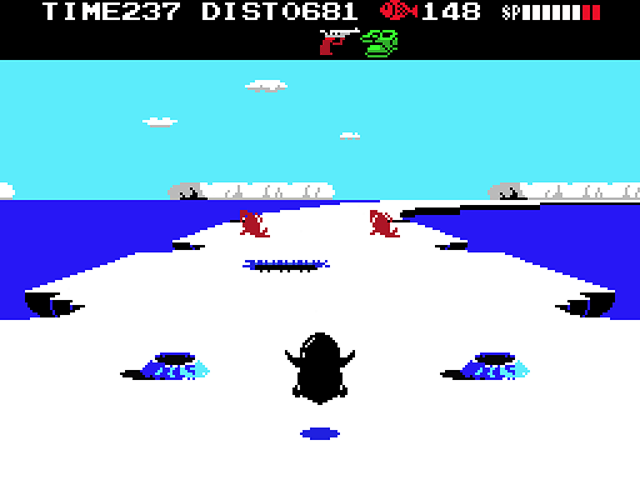
Penguin Adventure is the sequel to Antarctic Adventure and holds the distinction of being the first game that acclaimed designer Hideo Kojima worked on. Like its predecessor, Penguin Adventure plays like a hybrid between a racing game and a platformer. The game employs surprisingly impressive pseudo-3D effects, and the scrolling is a lot smoother than what was typically seen on the MSX. The sequel improves upon the original game in several meaningful ways. In addition to the regular ice-based stages, Penguin Adventure also features levels set in forests, caves, underwater, and even outer-space! The gameplay was also expanded significantly, with the introduction of boss fights, mini-games, and level shortcuts. One of the most significant improvements was the ability to purchase items from fish you meet along the way. A cartoon penguin using a gun to combat his Antarctic adversaries is a marvelous sight to behold.
1
King’s Valley II: The Seal of El Giza
1988
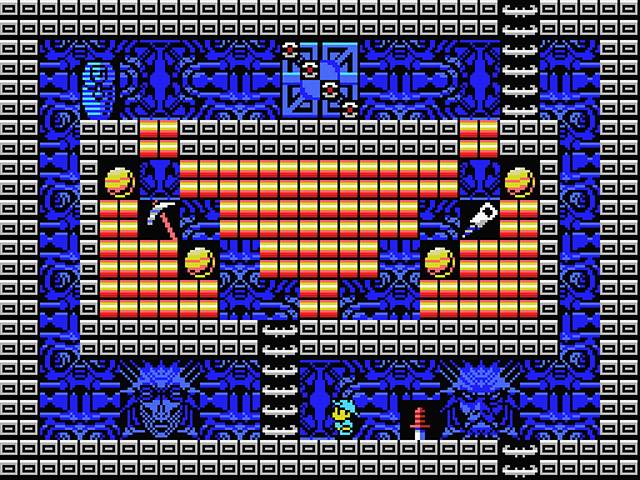
King’s Valley II is a stellar puzzle/platform game that was released exclusively for MSX computers. The basic gameplay in the sequel didn’t stray too far from its predecessor, but this can only be viewed as a good thing. The developers made some significant improvements with regards to the sequel’s graphics, however, and Konami’s SCC wavetable sound chip allowed for much better music and sound effects. The game consists of 60 pyramid-based stages that task players with locating special crystals. In order to do this, players will be required to solve puzzles and evade enemies by utilizing various tools (including drills, pick axes, hammers and shovels) that are located throughout the game. The greatest aspect about King’s Valley II is the level designs which achieve a perfect balance between platforming and puzzle elements. The objectives in each stage are usually easy to figure out, but it’s still a challenge to complete each one. There is a lot of content in the game, but the inclusion of a level editor gives the game even more lasting appeal. Better yet, these custom levels can be saved to either a disk or a tape. Konami released versions of King’s Valley II for both the MSX and MSX2, but the created levels are interchangeable between both versions! It’s unfortunate that games like King’s Valley are seldom seen in this day and age.

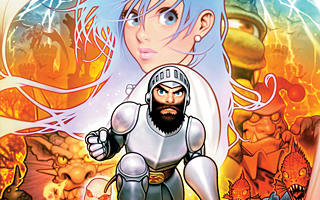
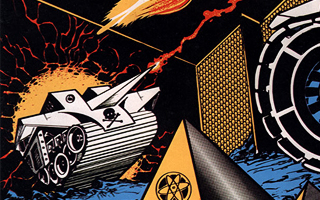
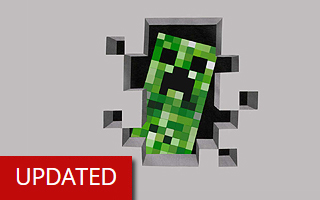
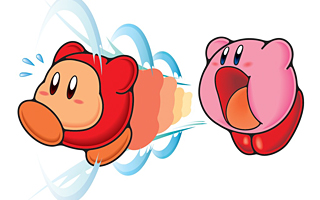
Do you agree with this list? Let us know what you think by leaving a comment below. Your opinion matters!